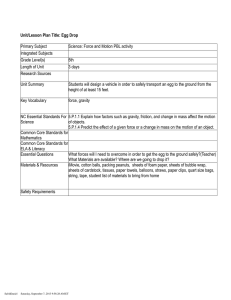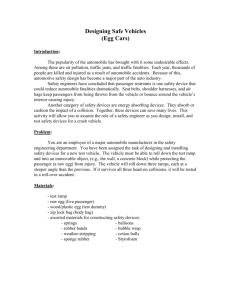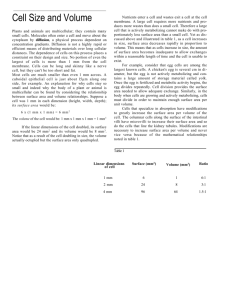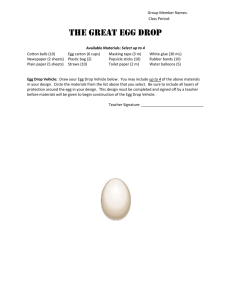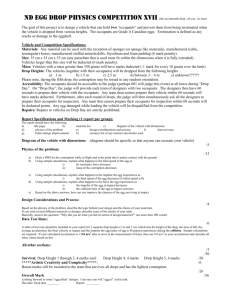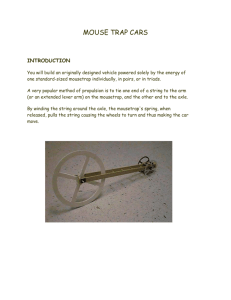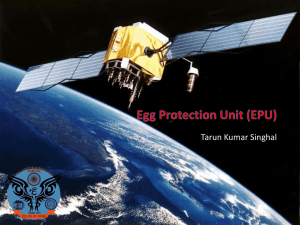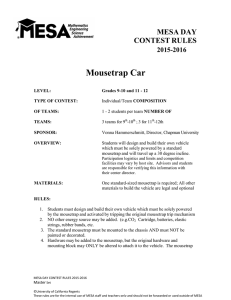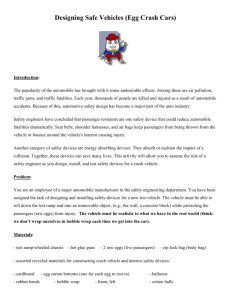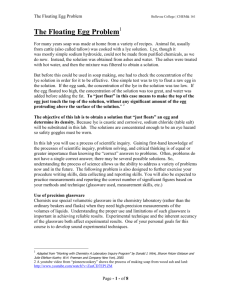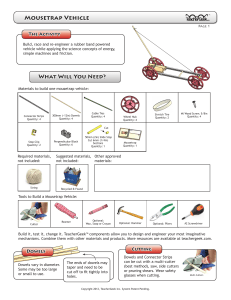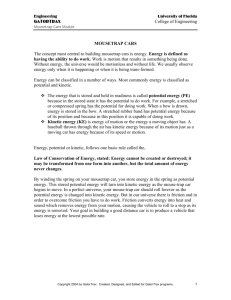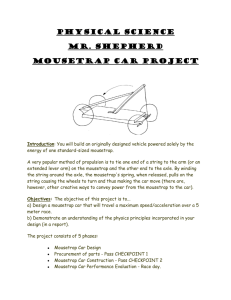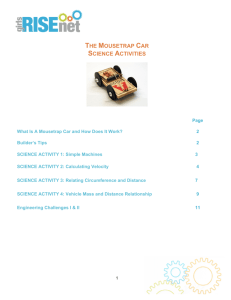Project #1 - Mousetrap Powered Egg Delivery Vehicles (MPEDV)
advertisement
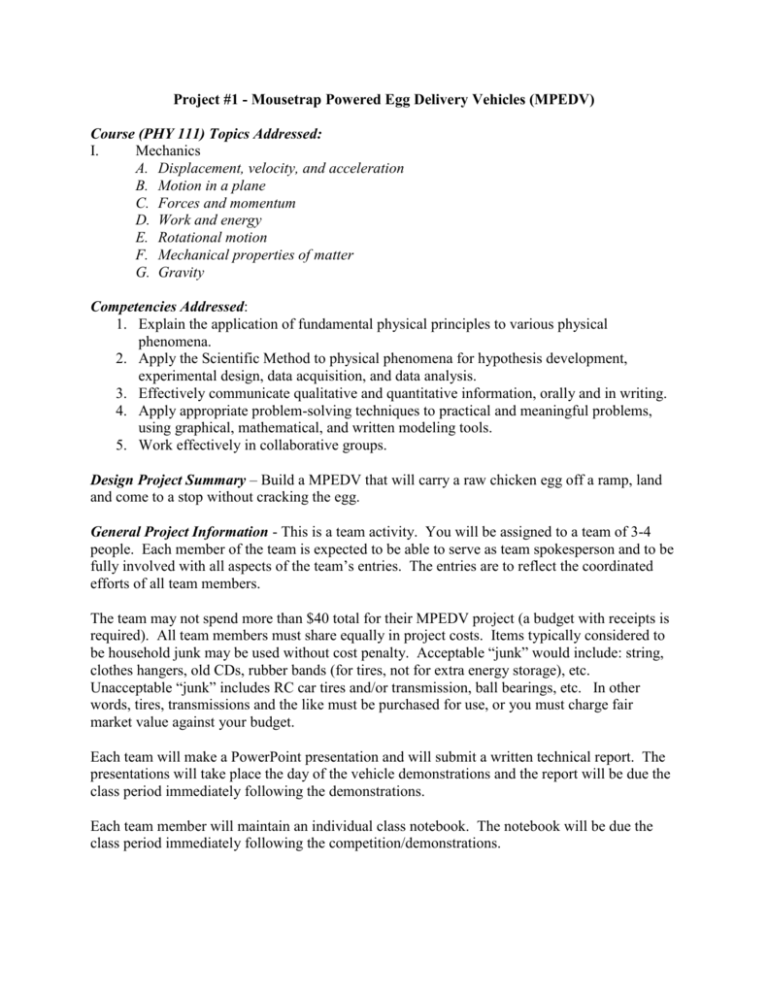
Project #1 - Mousetrap Powered Egg Delivery Vehicles (MPEDV) Course (PHY 111) Topics Addressed: I. Mechanics A. Displacement, velocity, and acceleration B. Motion in a plane C. Forces and momentum D. Work and energy E. Rotational motion F. Mechanical properties of matter G. Gravity Competencies Addressed: 1. Explain the application of fundamental physical principles to various physical phenomena. 2. Apply the Scientific Method to physical phenomena for hypothesis development, experimental design, data acquisition, and data analysis. 3. Effectively communicate qualitative and quantitative information, orally and in writing. 4. Apply appropriate problem-solving techniques to practical and meaningful problems, using graphical, mathematical, and written modeling tools. 5. Work effectively in collaborative groups. Design Project Summary – Build a MPEDV that will carry a raw chicken egg off a ramp, land and come to a stop without cracking the egg. General Project Information - This is a team activity. You will be assigned to a team of 3-4 people. Each member of the team is expected to be able to serve as team spokesperson and to be fully involved with all aspects of the team’s entries. The entries are to reflect the coordinated efforts of all team members. The team may not spend more than $40 total for their MPEDV project (a budget with receipts is required). All team members must share equally in project costs. Items typically considered to be household junk may be used without cost penalty. Acceptable “junk” would include: string, clothes hangers, old CDs, rubber bands (for tires, not for extra energy storage), etc. Unacceptable “junk” includes RC car tires and/or transmission, ball bearings, etc. In other words, tires, transmissions and the like must be purchased for use, or you must charge fair market value against your budget. Each team will make a PowerPoint presentation and will submit a written technical report. The presentations will take place the day of the vehicle demonstrations and the report will be due the class period immediately following the demonstrations. Each team member will maintain an individual class notebook. The notebook will be due the class period immediately following the competition/demonstrations. MPEDV Specifics Use a mousetrap spring (Victor brand) as the sole source of stored energy for your vehicle. Do not use rubber bands, electric motors, CO2 boosters or any other source for extra energy. You may cut or bend the mousetrap spring, but you may not chemically alter or heat-treat the spring. The spring and the raw egg must be easily accessible by the judges. The egg needs to be quickly removed and inspected following each run. Safety should be your #1 concern throughout construction and testing. Be sure to read, understand and follow all warnings and instructions for all tools, equipment and materials you use. Proper eye protection and ventilation are a must. Never handle moving parts while still moving. Always unplug all electrical systems/equipment before working on them. The vehicle will be tested in the Physics Lab. You must take a “running start” of 0.25 to 3 meters. The ramp will be ~ 1 meter in length and will have a grade of approximately 25%. The distance will be the horizontal displacement measured from the top of the ramp to the point of first impact. There will be two runs for each car with a maximum of 10 minutes between each run. The best single performance will be used for final scoring. The formula used to judge the performance of the vehicle will give the best score for the lightest vehicle that travels furthest in the air (greatest horizontal distance) without the egg cracking or breaking during any part of the trip.


